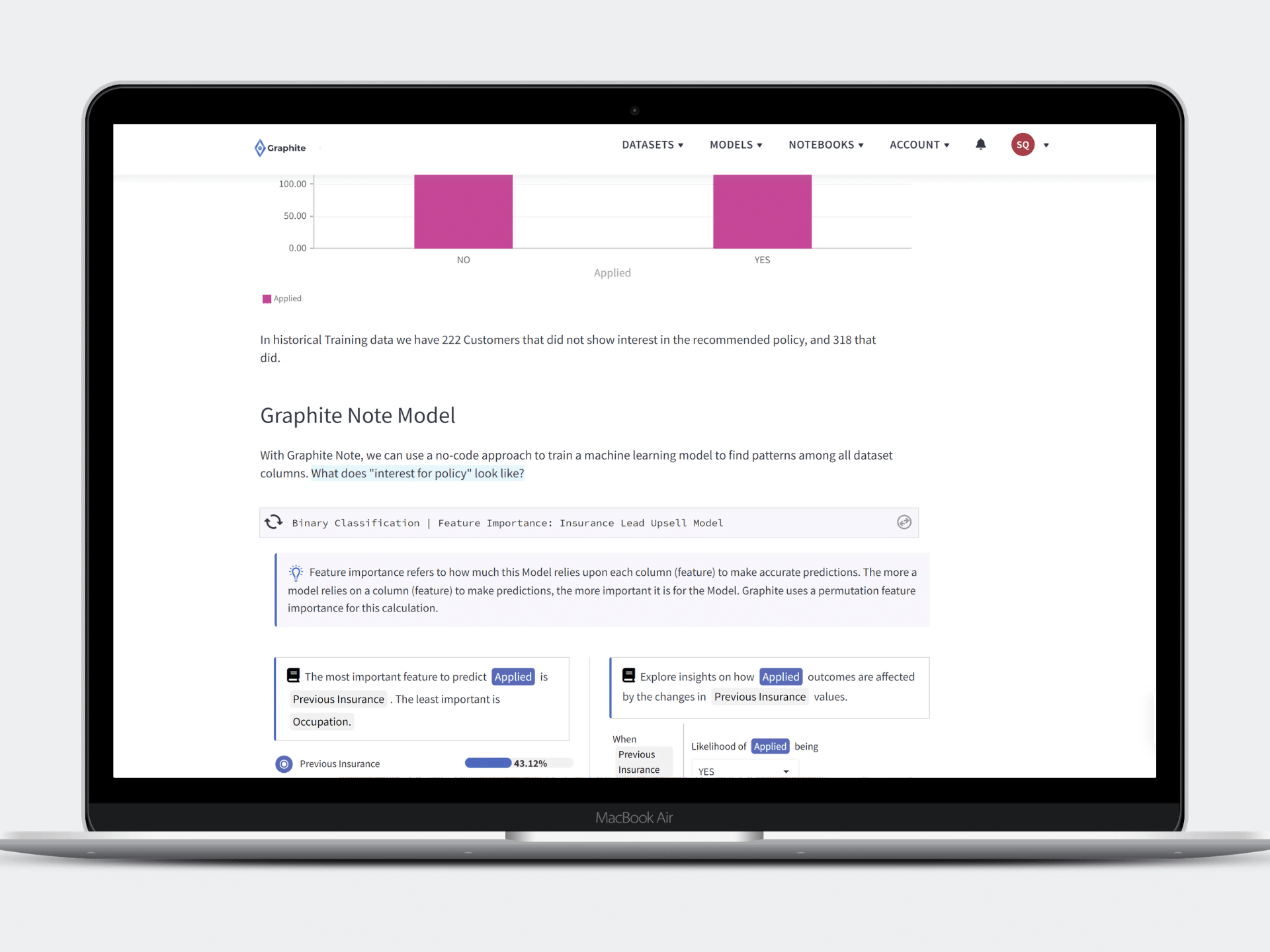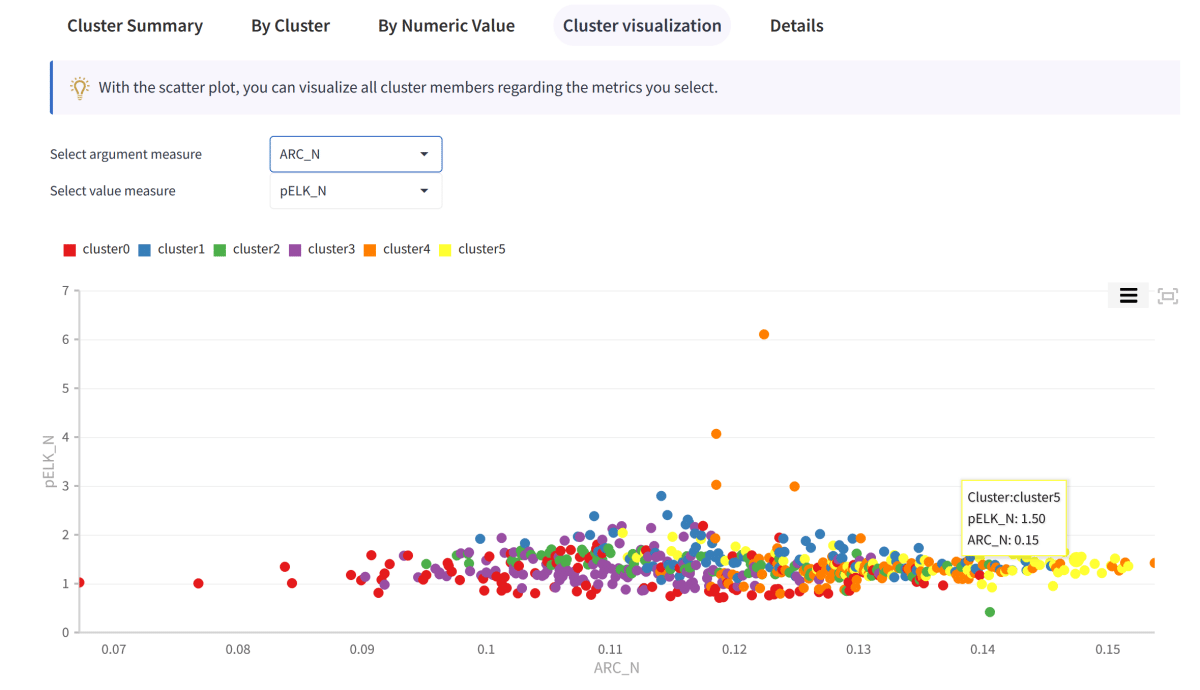Product recommendations and personalized recommendation engines enhance your customer’s experience and customer journey. A robust recommender system helps to grow your profit margins and enhance customer relationships. Predictive product recommendation engines enable you to provide personalized suggestions. These resonate with your online shoppers. Predictive product recommendation engines support customer satisfaction and lead to increased sales for your e-commerce store.
Understanding Predictive Product Recommendations
A product recommendation system uses machine learning algorithms. The product recommendation system analyzes customer data and behavior. The system then offers personalized product recommendations throughout the shopping experience. A product recommendation system can be deployed across various touchpoints. These include your main content, product pages, category pages, cart pages, and email marketing campaigns. Your recommender system on your product page can link alike products, or products often bought together.

Types of Product Recommendation Strategies
There are several product recommendation strategies that can be employed:
- Popular Products: Popular products showcase best sellers and trending items to new visitors.
- Personalized Recommendations: Personalized recommendations provide tailored suggestions. These are based on a user’s browsing and purchase history.
- Similar Products: Similar products enable you to display items that share characteristics with the product being viewed.
- Complementary Products: Complementary products suggest items that pair well with the customer’s current selection.
- Related Products: Related products recommend products frequently bought together by other shoppers.
Benefits of Predictive Product Recommendations
Integrating a robust recommendation engine into your online store can yield several advantages:
- Enhanced Product Discovery: A product recommendation engine helps customers find relevant products more easily.
- Increased Average Order Value: A product recommendation engine encourages upsells and cross-sells.
- Improved Customer Satisfaction: A product recommendation engine provides a more personalized experience for your customer.
- Boosted Repeat Purchases: A product recommendation engine recommends items based on past buying behavior to encourage loyalty.
- Optimized Shopping Experiences: A product recommendation engine creates seamless, engaging interactions across all touchpoints.
Product Recommendation Examples
Let’s explore some effective product recommendation examples:
- Main Content Recommendations: Display personalized product suggestions on the homepage based on the user’s browsing history.
- “Customers Also Bought” Widgets: Use collaborative filtering to show items purchased by similar users.
- Cart Page Recommendations: Suggest complementary products to increase the shopping cart value.
- “Recently Viewed” Section: Remind customers of items they’ve shown interest in during their session, or in the past.
- Social Proof Recommendations: Highlight popular items or products with positive reviews to build trust.
Choose the Right Product Recommendation Engine
When selecting a product recommendation engine for your ecommerce product lineup, consider this:
- Customization Options: Look for engines that enable you to tailor recommendation strategies to your specific needs.
- Integration Capabilities: Ensure the engine can seamlessly integrate with your existing ecommerce platform.
- Machine Learning Capabilities: Opt for systems that continuously learn and improve based on user interactions.
- Multichannel Support: Choose an engine that can provide consistent recommendations across various touchpoints. These can include your online store and email marketing campaigns.
Predictive Product Recommendation Systems
A predictive product recommendation system analyzes a wide range of data. This can include user behavior, purchase history, and other relevant data. A predictive product recommendation system then suggests products that are highly likely to be of interest to individual customers. This is done by using AI algorithms. The machine learning algorithms learn and adapt based on user interactions. They’re equipped to provide accurate and personalized recommendations in real-time. Through this, your e-commerce store can tailor the shopping experience for each customer. Each shopper enjoys a more relevant, engaging, shopping experience. This, in turn, increases the likelihood of making a purchase.
Implementing Personalized Product Recommendations
To maximize the effect of your product recommendations:
- Analyze Customer Data: Use explicit (e.g. ratings) and implicit (e.g. browsing behavior) data to inform your recommendation strategy.
- Test and Optimize: Continuously refine your approach. Use A/B testing for different recommendation strategies and placements.
- Ensure Relevance: Focus on recommending products that are relevant to each customer’s interests and needs.
- Leverage Social Proof: Incorporate customer reviews and ratings into your recommendation displays. This helps to build trust.
- Optimize for Mobile: Ensure your product recommendations are responsive and accessible on mobile devices.

Implementing Predictive Product Recommendations into Your E-Commerce Strategy

Implementing predictive recommendations in your e-commerce strategy can enhance your business’s success. Providing personalized and relevant product suggestions, you can increase sales, maximize customer lifetime value, and improve the shopping experience. Here’s how to implement predictive product recommendations:
- Identify Your Goals: Start by clearly defining your objectives. Your goal may be to increase sales. You may want to maximize your customer lifetime value. You may seek to improve the shopping experience. Specific goals will help you shape your strategy. For example, your goal is to boost sales. Your strategy would then focus on recommending complementary products or upselling higher-priced items. Another example would be enhancing the shopping experience. Your strategy would then focus on emphasizing personalized recommendations.
- Gather and Analyze Customer Data: Your predictive recommendations engine is only as good as the data you feed it. Collect relevant information such as demographics, browsing behavior, purchase history, and feedback. Analyze this data to gain invaluable insights. You’ll learn more about customer preferences, enabling you to create personalized recommendations. This analysis helps identify patterns and trends. You can use this information to create targeted recommendations.
- Choose the Right Predictive Recommendation Tools: Choosing the right tools is crucial. Consider the ease of integration, scalability, and customization options. A good example is Graphite Note. Graphite Note is an innovative no-code predictive and prescriptive analytics platform. Graphite Note offers features that make it ideal for implementing predictive recommendations. Graphite Note’s intuitive interface enables you to build and deploy predictive recommendation models. These can be tailored to your business needs and goals. Graphite Note’s scalability ensures it can grow with your business. Graphite Note can accommodate increasing amounts of customer data. Graphite Note provides reliable recommendations as your customer base expands. Graphite Note’s customization options let you fine-tune your models. You can continuously improve, to align with your business goals and customer preferences. This ensures continuous optimization for the best results.

Implement a robust predictive product recommendation system and continually refine your strategies. You can create personalized shopping experiences that ensure your e-commerce business thrives.





